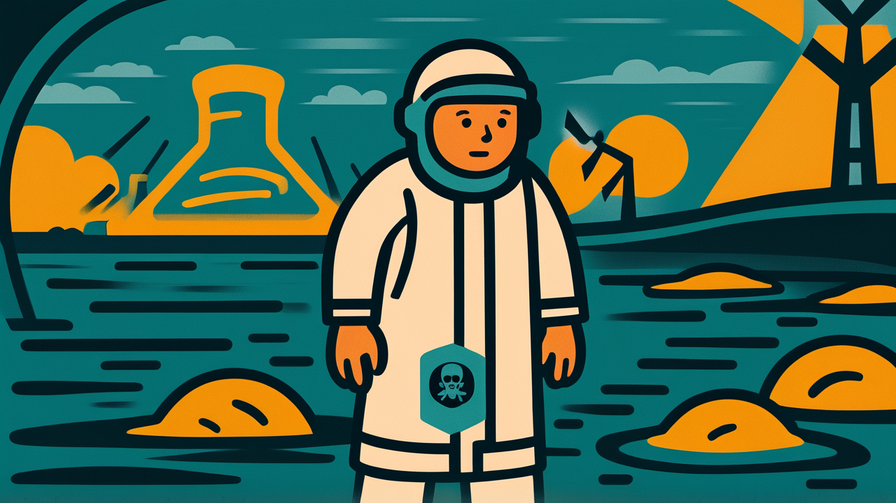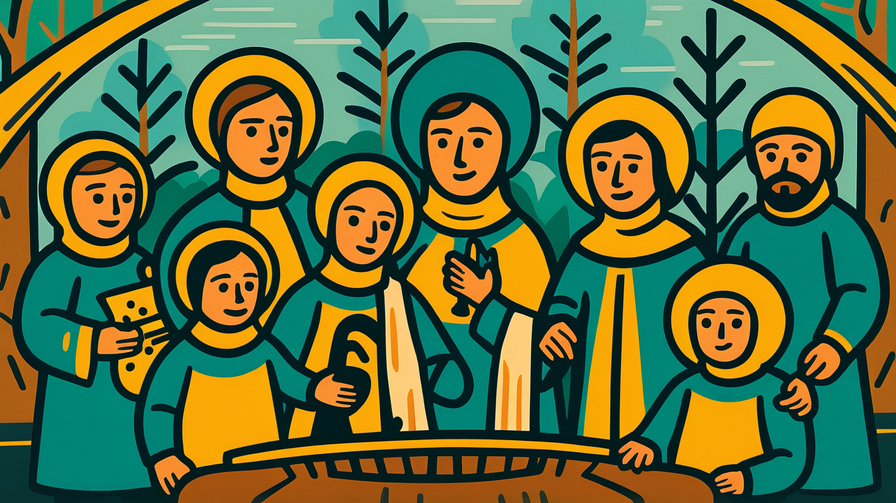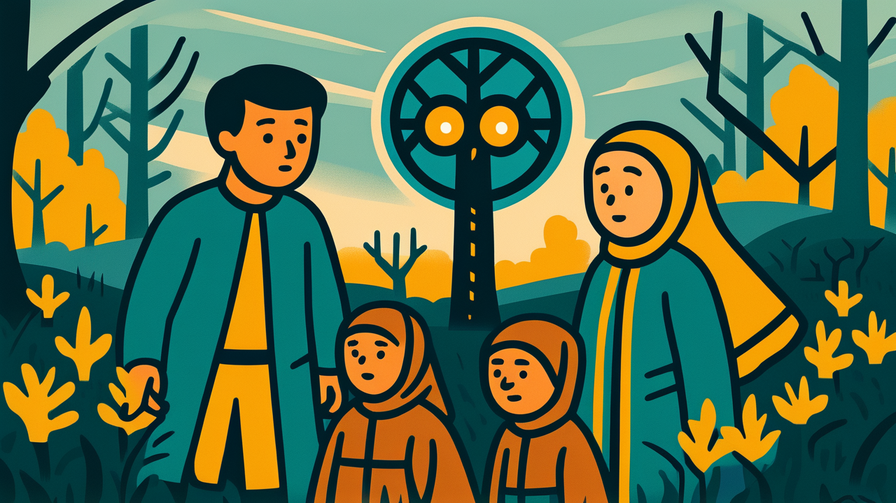[Disclaimer] This article is reconstructed based on information from external sources. Please verify the original source before referring to this content.
News Summary
The following content was published online. A translated summary is presented below. See the source for details.
Ukrainian writer Yulia Stakhivska explores how the 1986 Chernobyl nuclear disaster has profoundly influenced Ukrainian folklore and cultural expression. Her essay “Landscape with healing herbs” examines how communities near the exclusion zone have developed new stories, rituals, and traditional practices in response to the catastrophe. These include tales of mutated animals with supernatural abilities, herbs believed to cleanse radiation, and ghost stories about the abandoned city of Pripyat. Stakhivska documents how grandmothers who refused to evacuate created new folk remedies combining traditional healing knowledge with beliefs about radiation. The disaster spawned unique art forms, songs, and oral histories that blend scientific terminology with mystical elements. Young Ukrainians now grow up with these “atomic folktales” that help process collective trauma while preserving memory. The folklore serves multiple purposes: warning future generations, preserving witness testimonies, and creating meaning from tragedy. Stakhivska argues that this new folklore represents human resilience – the ability to create beauty and wisdom even from nuclear catastrophe. Her work shows how traditional culture adapts to modern disasters, creating hybrid forms that speak to contemporary fears while maintaining ancient storytelling traditions.
Source: Global Voices
Our Commentary
Background and Context

On April 26, 1986, reactor 4 at the Chernobyl Nuclear Power Plant exploded, releasing radioactive material across Europe. It remains history’s worst nuclear disaster. The nearby city of Pripyat, home to 49,000 people, was evacuated 36 hours later. Today, a 30-kilometer exclusion zone surrounds the site, though nature and some elderly residents have returned.
Folklore – the stories, customs, and beliefs passed down through generations – typically evolves over centuries. But Chernobyl compressed this process into decades. The disaster forced people to create new ways of understanding an invisible threat (radiation) that traditional wisdom couldn’t explain.
Expert Analysis
The blending of scientific and mystical elements in post-Chernobyl folklore reflects how humans cope with unprecedented trauma. When faced with invisible radiation, communities combined traditional healing practices with new beliefs. Herbs like wormwood (ironically, “chornobyl” in Ukrainian) gained new significance as supposed radiation cleansers.
This folklore serves crucial psychological functions. Ghost stories about Pripyat help process the loss of an entire city. Tales of mutated animals express fears about genetic damage. By transforming scientific horror into familiar story patterns, communities made the incomprehensible slightly more bearable. The folklore also preserves witness testimonies that might otherwise be forgotten.
Additional Data and Fact Reinforcement
The Chernobyl disaster directly affected over 600,000 people involved in cleanup operations. The exclusion zone covers 2,600 square kilometers – larger than Luxembourg – and won’t be safe for human habitation for approximately 20,000 years. Yet about 150 elderly people, mostly women, returned illegally to their ancestral homes, refusing to abandon their land.
These “babushkas of Chernobyl” became folklore figures themselves, embodying Ukrainian stubbornness and connection to the land. Their traditional practices mixed with post-disaster adaptations created unique cultural expressions. They developed new planting calendars based on radiation levels and created prayers specifically for atomic protection.
Related News
Similar folklore evolution occurred after other disasters. Fukushima in Japan spawned new ghost stories and purification rituals. Hiroshima and Nagasaki survivors created “atomic bomb literature.” The COVID-19 pandemic generated its own folklore about protection and cure. These examples show how human culture adapts to new threats by weaving them into existing belief systems.
Ukraine’s 2022 Russian invasion added another layer to Chernobyl folklore when Russian forces occupied the exclusion zone, stirring up radioactive soil. New stories emerged about the land itself fighting invaders through radiation – a modern version of the earth protecting its people.
Summary

The folklore born from Chernobyl demonstrates humanity’s incredible ability to create meaning from tragedy. These stories, songs, and practices help communities process trauma, preserve memory, and warn future generations. For young people, this shows how culture evolves in response to modern challenges, blending ancient wisdom with contemporary fears to help us understand and survive in a changing world.
Public Reaction
Young Ukrainians embrace this new folklore as part of their identity, sharing Chernobyl stories on social media with both pride and sadness. International tourists visiting the exclusion zone often seek out local legends. Scientists initially dismissed folk beliefs about radiation but now study them as valuable cultural responses to disaster. Environmental activists use these stories to advocate against nuclear power.
Frequently Asked Questions
Q: Is Chernobyl safe to visit now?
A: Guided tours in certain areas are permitted, but the exclusion zone remains dangerous. Radiation levels vary dramatically – some spots are relatively safe while others remain lethal.
Q: Do the healing herbs actually work against radiation?
A: No scientific evidence supports herbs removing radiation. However, these beliefs provided psychological comfort and maintained cultural practices during crisis.
Q: How does folklore help people cope with disasters?
A: Stories give structure to chaos, preserve collective memory, and create shared understanding. They transform overwhelming events into narratives that can be processed and passed on.


